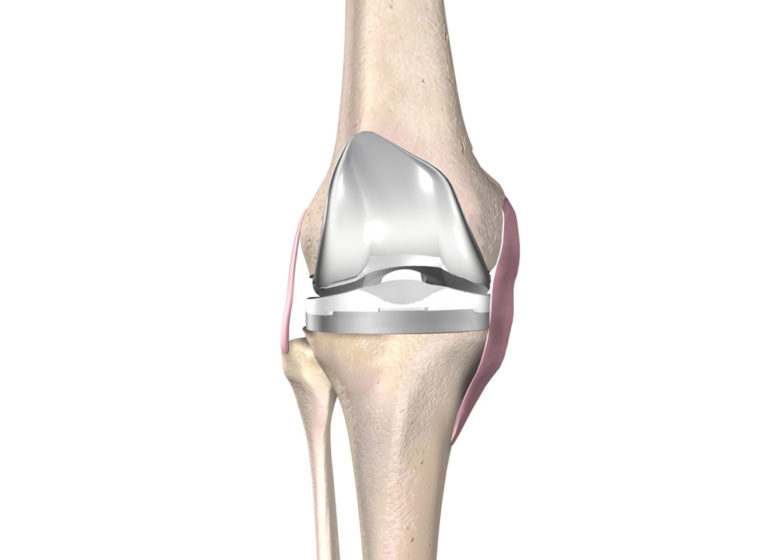
As Virginia’s largest provider of knee replacement revision surgeries, an investment in technology that could potentially improve the outcome of knee replacement surgery is an investment in our patients.
Using our new robotic tools, UVA Health’s highly trained and experienced orthopedic surgeons can perform total knee replacements and partial knee replacements with greater precision.
Better Patient Experience
"With traditional knee replacement, there is a 20% dissatisfaction rate,” says Thomas E. Brown, MD, a UVA orthopedic surgeon specializing in hip and knee replacements. Caused by the replacement's failure, the dissatisfaction leads many patients to seek revision surgery to correct issues with an existing knee replacement. Many of those patients come to UVA Health because of our expertise in revision surgery.
At UVA Health, we care for the largest revision burden of failed hip and knee replacements, referred in from surrounding communities in the state of Virginia. “Unfortunately, the vast majority of these failed joint replacements are not failing at 25 years — they are failing in less than 5 years,” says Brown. “Many fail because of infection, instability, early loosening, or being too stiff. Our hope is that, by combining our expertise with robotic assistance, we’ll be able to improve the survivorship and success of knee replacement,” he says.
The Three Steps to Success
Performing a knee replacement with robotic enhancement succeeds due to precision at every step.
It starts with detailed mapping of a patient's knee using a CAT scan and 3-dimensional modeling. This gives us a clear picture of the anatomy of the knee joint, which helps us develop an individualized surgical plan.
During surgery, haptic technology helps guide the surgeon through precision bone cuts while protecting the surrounding soft tissues.
“This is a surgeon-driven tool. However, the accuracy of the robot [in cutting the bone] is far better than we can do with the naked eye in terms of the amount of bone removed and the angles of cuts required to balance the knee," notes Brown. "And it’s all individualized for each patient.”
All Patients Benefit
All knee replacement surgeries, simple to complex, can benefit from the use of the robot. “This can be applied to a simple knee issue, including all knee arthritis, or to something more complex, like a previous deformity, fracture, or prior trauma,” says Brown.